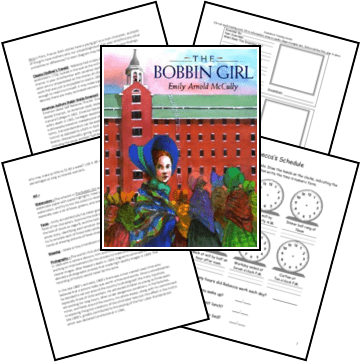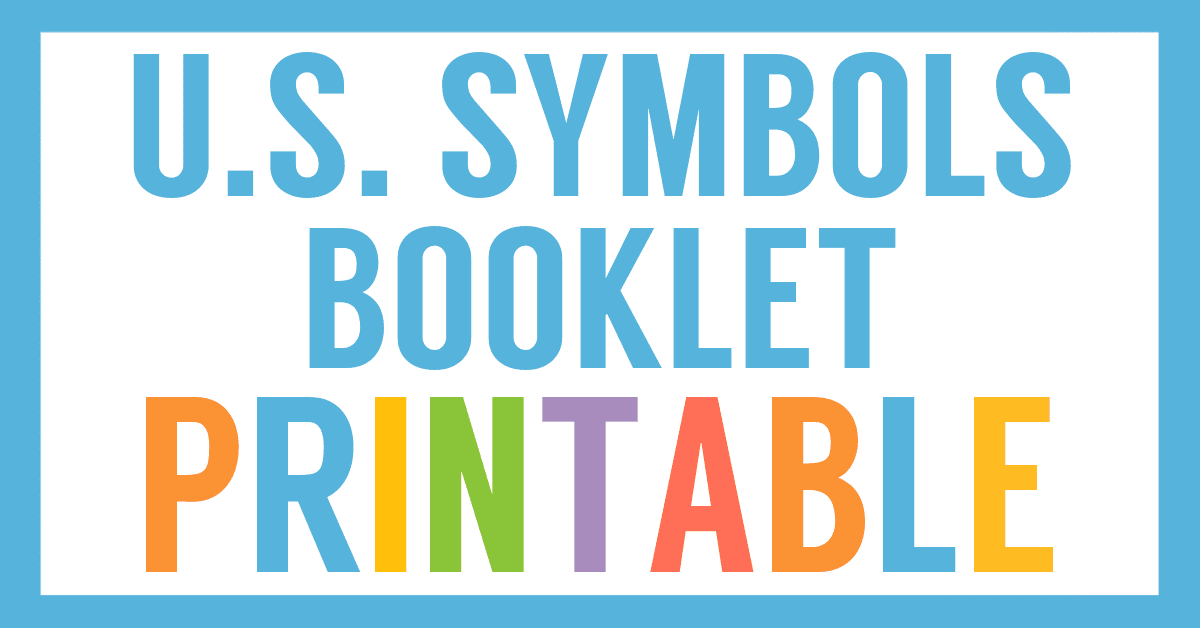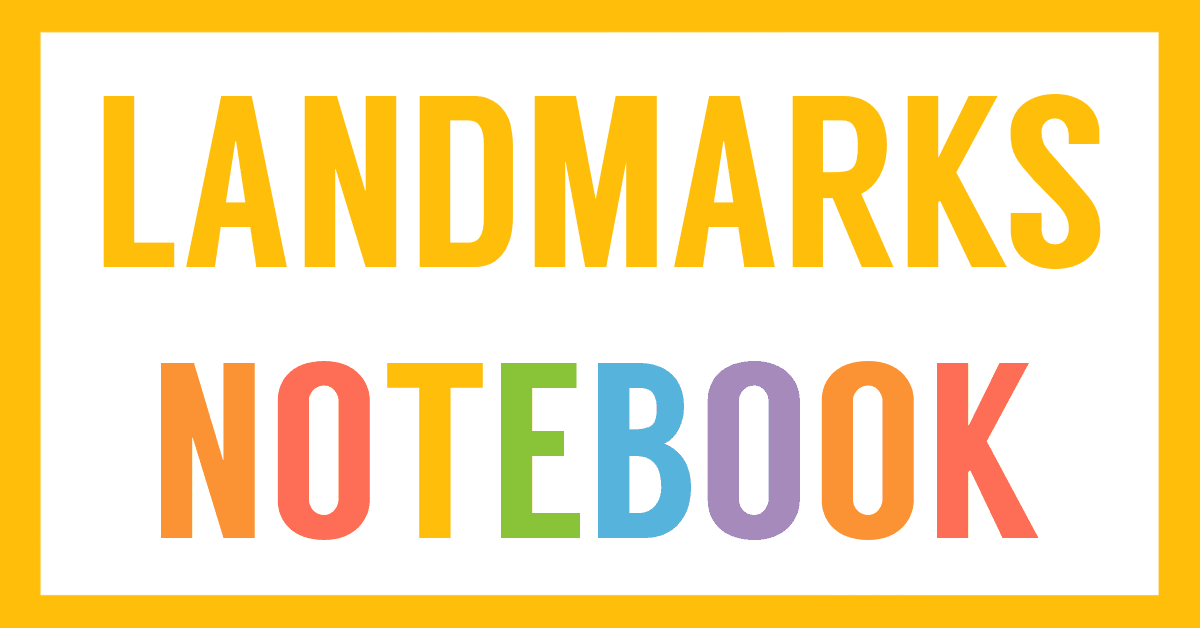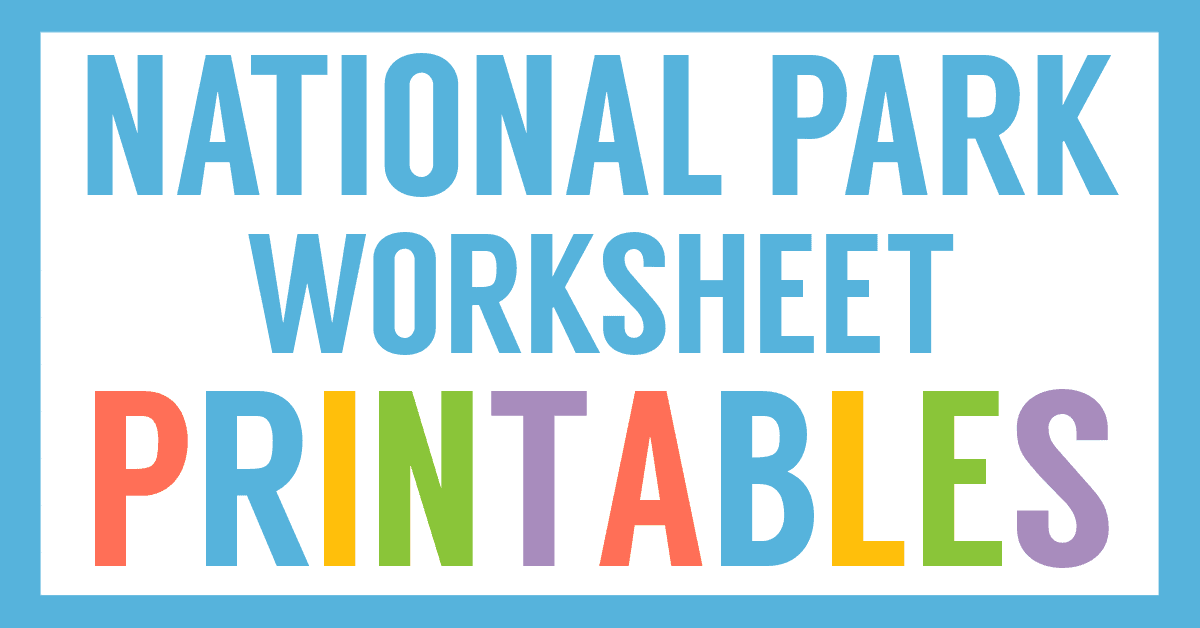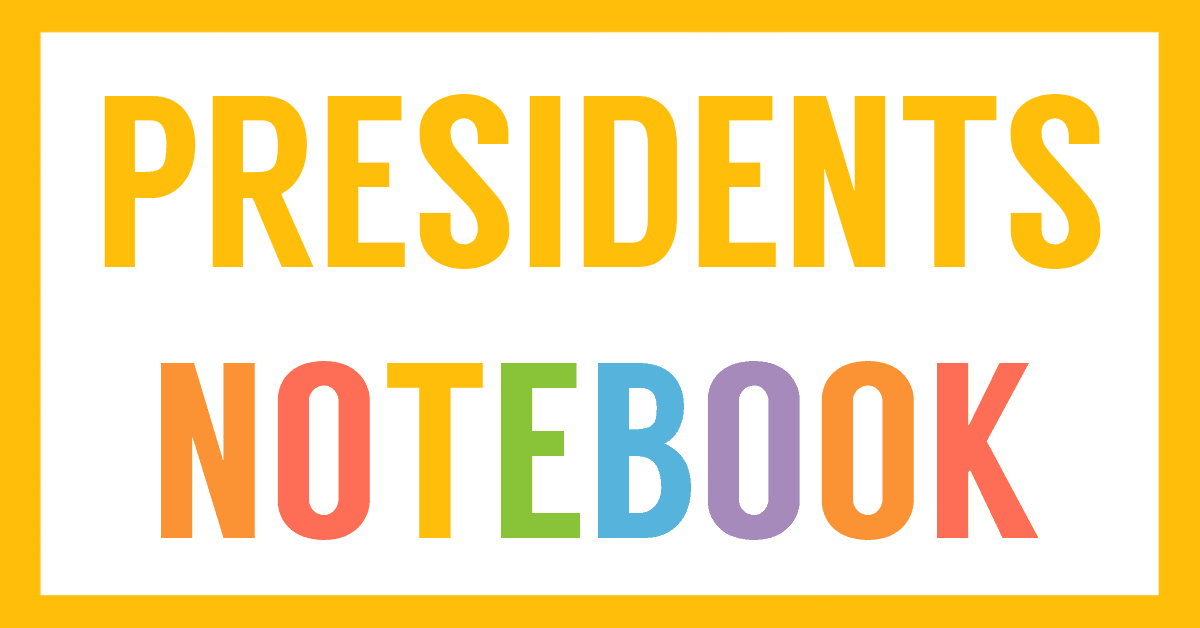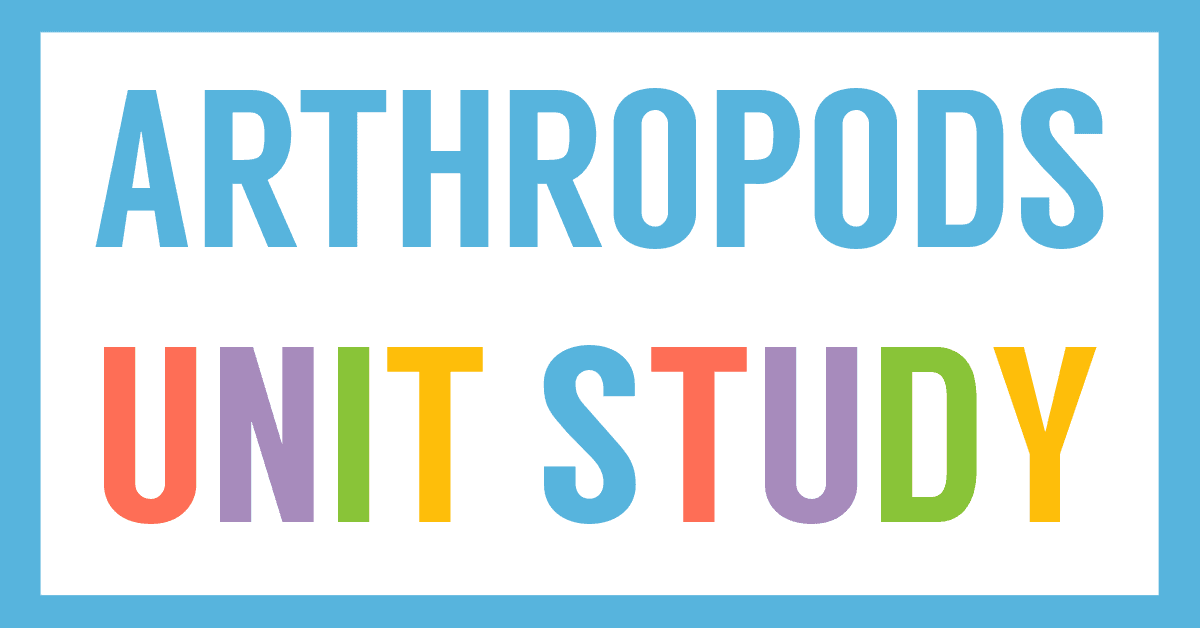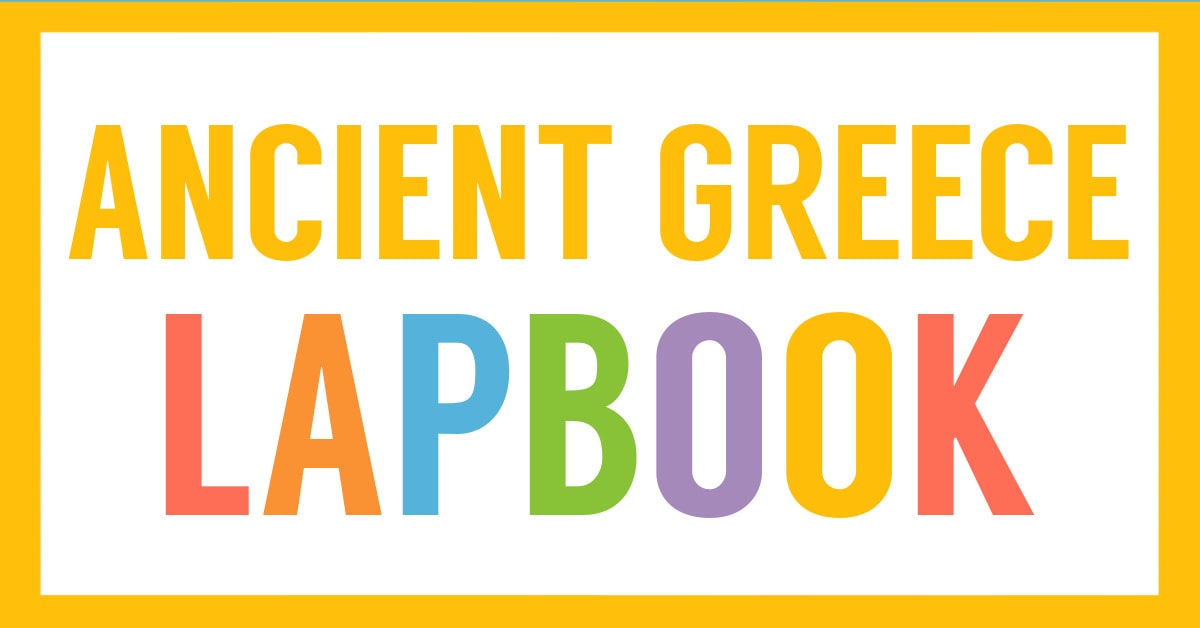Affiliate Disclaimer
We sometimes use affiliate links in our content. This won’t cost you anything, but it helps us to keep the site running. Thanks for your support.
This unit study includes lessons and activities based on the book The Bobbin Girl by Emily Arnold McCully.
Rebecca Putney is a bobbin girl who helps support her struggling family by working all day in a hot, noisy cotton mill. Working conditions at the mill are poor, and there is talk of lowering the workers’ wages. Rebecca’s friend Judith wants to protest the pay cut–but troublemakers at the mill are dismissed. Does Rebecca have the courage to join the protest?
Thanks to Wende for preparing this The Bobbin Girl unit study.
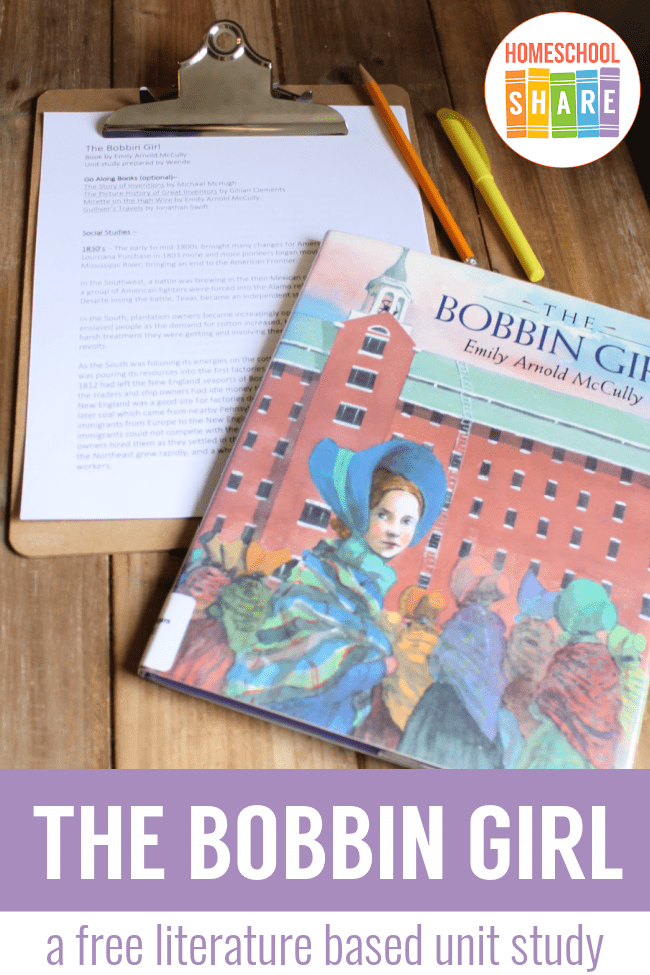
The Bobbin Girl Unit Study Lessons
Here is a sample of the lessons found in this The Bobbin Girl unit study:
History: Industrial Revolution (Textile Industry)
The invention of many labor saving devices is what led to the manufacturing of textiles, as we know it today. The first improvement was the method used to spin cotton into yarn. The spinning wheel used in most homes of the day was replaced by the Spinning Jenny, invented by James Hargreaves, which greatly reduced the amount of spinning time and also improved the quality of the yarn. Samuel Crompton then improved upon this invention, with a machine called the Mule. After spinning the cotton became so much more cost and time effective, a power loom was invented to increase the productivity in weaving. The economic spinning and weaving of cotton brought on a new demand – cheap cotton.
Up until this point in history, most cotton was imported from other countries. Because of the time involved in planting, harvesting, and then separating the seeds from the cotton, there was very little cotton raised in the United States. When Eli Whitney invented the cotton gin, a machine to do this picking of the seeds out of the cotton, United States became one of the greatest cotton-producing countries in the world. These inventions, i.e. the Spinning Jenny, the Mule, the power loom, and the Cotton Gin, along with the invention of steam power, were the foundation of the fabric industry.
People in homes could make cloth faster, more cheaply, and in greater amounts than ever before. These new machines were becoming larger and more expensive, so that soon only the rich could buy them. The machines were put into factories, and workers like Rebecca were hired to run them. So the spinning and weaving of cloth had gone from hand to machine, and from home to factory, during a period called the Industrial Revolution.
History: Factory Workers
Factory workers had a hard life, working in dangerous, dirty conditions, often times for 12-15 hours a day. Many of the workers were women, and children as young as eight years old. Wages were very low for everyone, with the women and children receiving as little as $1 a week, and the men earning as much as $5 a week. There were many reasons that the women and children chose to work in the factories. Some of the reasons are mentioned in The Bobbin Girl, such as helping supplement the family income, escaping from an abusive home, or earning money for college. Women could escape from factory work by getting married to someone with a good job, but it was harder for the children to escape. Eventually, because of the women and children who were willing to take a stand, laws and regulations were put into place to standardize a ten-hour workday and to improve factory conditions. Be sure to read the Author’s Note in the back of The Bobbin Girl describing how the story came to be and the real life bobbin girl, Harriet Hanson Robinson. Older children could write a short biographical report on Harriet Hanson Robinson, using info from the Author’s Notes as well as from this excerpt of her autobiography.
You can grab a copy of the entire The Bobbin Girl unit study in an easy-to-print file at the end of this post.
The Bobbin Girl Printables
This The Bobbin Girl unit study includes a few printables to enhance your lessons:
- Vocabulary Cards
- “The Glimpse” Photograph
- Famous Person Report Form
- Rebecca’s Schedule Activity Page
- Inventors Trading Cards
- Massachusetts Coloring Page
- Map of Massachusetts Shutterfold Book
How to Get Started with The Bobbin Girl Unit Study
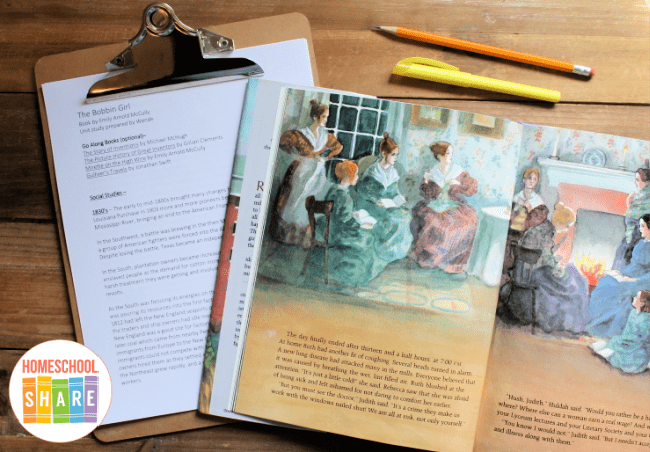
Follow these simple instructions to get started with the The Bobbin Girl unit study:
- Buy a copy of the book, The Bobbin Girl, or grab one from your local library. The book is currently out of print, but you may be able to borrow one from your library’s interlibrary loan program.
- Print the The Bobbin Girl unit study.
- Choose the lessons you want to use with your student (a highlighter works great for this).
- Enjoy a week of book-based learning with your student.
Download Your Free The Bobbin Girl Unit Study
Simply click on the image below to grab the free The Bobbin Girl unit study.

